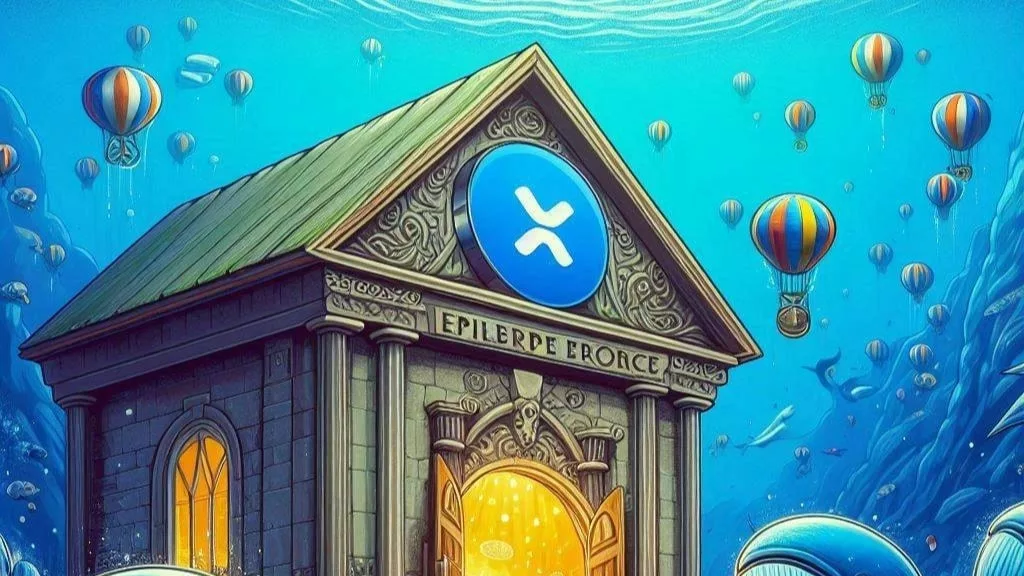
Prominent Crypto Figures Advocate Collaboration Over Rivalry in Blockchain Development
In a world marked by fierce competition and ever-evolving technological landscapes, the cryptocurrency sphere is no stranger to rivalry and heated debates. However, recent statements from influential figures in the crypto space suggest a shift towards emphasizing collaboration and unity rather than fostering animosity between blockchain communities.
MakerDAO’s Move Sparks Discussion
The catalyst for this discourse was MakerDAO’s Co-founder and CEO, Rune Christensen, who announced plans to re-implement MakerDAO on a new blockchain called NewChain. NewChain, potentially forked from the Solana (SOL) blockchain, represents a significant departure from MakerDAO’s current Ethereum-based architecture.
Christensen cited several reasons for exploring the Solana codebase for NewChain, including its technical quality, optimization, and the resilience demonstrated by the Solana ecosystem following the “FTX blowup.” He also highlighted the success of past forks of the protocol, such as the Pyth Network.
Solana’s Founder Weighs In
In response to MakerDAO’s potential shift, Anatoly Yakovenko, the founder of Solana, took to the X social media platform (formerly known as Twitter) to express his views. Yakovenko commended MakerDAO’s decision as a win for open source but cautioned against using it as an opportunity to launch attacks on Ethereum.
“I really hope that people in the Solana community don’t use this as some cudgel to attack Ethereum,” Yakovenko stressed in a recent post. He further extended his support to Ethereum, describing it as “awesome.”
A Bridge Between Blockchains
Christensen, on the other hand, maintained a forward-looking perspective. He expressed confidence that NewChain could serve as a bridge between Ethereum and Solana, potentially providing a valuable boost to the network effect of the entire multichain economy. In this context, he also acknowledged Cosmos as a close alternative to the NewChain codebase.
His message was clear: “All chains are increasingly interconnected and synergize to form a global multichain network economy.”
The Ripple Effect of Misinterpretation
Despite the intentions behind these statements, enthusiastic community members appeared to have misinterpreted them, potentially igniting unnecessary rivalry between blockchain communities. However, the bigger picture suggests a growing inclination among crypto industry leaders towards collaborative technological advancements.
Unity Over Division
In an industry characterized by rapid innovation and transformation, fostering a spirit of collaboration and unity can lead to more significant breakthroughs and a more inclusive crypto ecosystem. While competition has driven innovation in the past, the current landscape seems to call for a new approach—one that leverages the strengths of different blockchain networks to create a more interconnected and mutually beneficial multichain economy.
As the crypto world continues to evolve, the emphasis on collaboration over rivalry could prove instrumental in overcoming challenges and driving the entire industry forward. Rather than pitting one blockchain against another, the focus is shifting towards building bridges and working together to unlock the full potential of blockchain technology. This shift reflects a broader recognition that the crypto space is still in its infancy and has much to gain from collaborative efforts.
In conclusion, the recent statements from crypto leaders like Rune Christensen and Anatoly Yakovenko serve as a reminder that the future of blockchain technology is not about one blockchain triumphing over another but about how these networks can complement each other to create a more robust and interconnected digital economy. As the crypto community navigates the path ahead, it’s unity and collaboration that are poised to be the driving forces of progress in this ever-evolving landscape.


Get the latest Crypto & Blockchain News in your inbox.